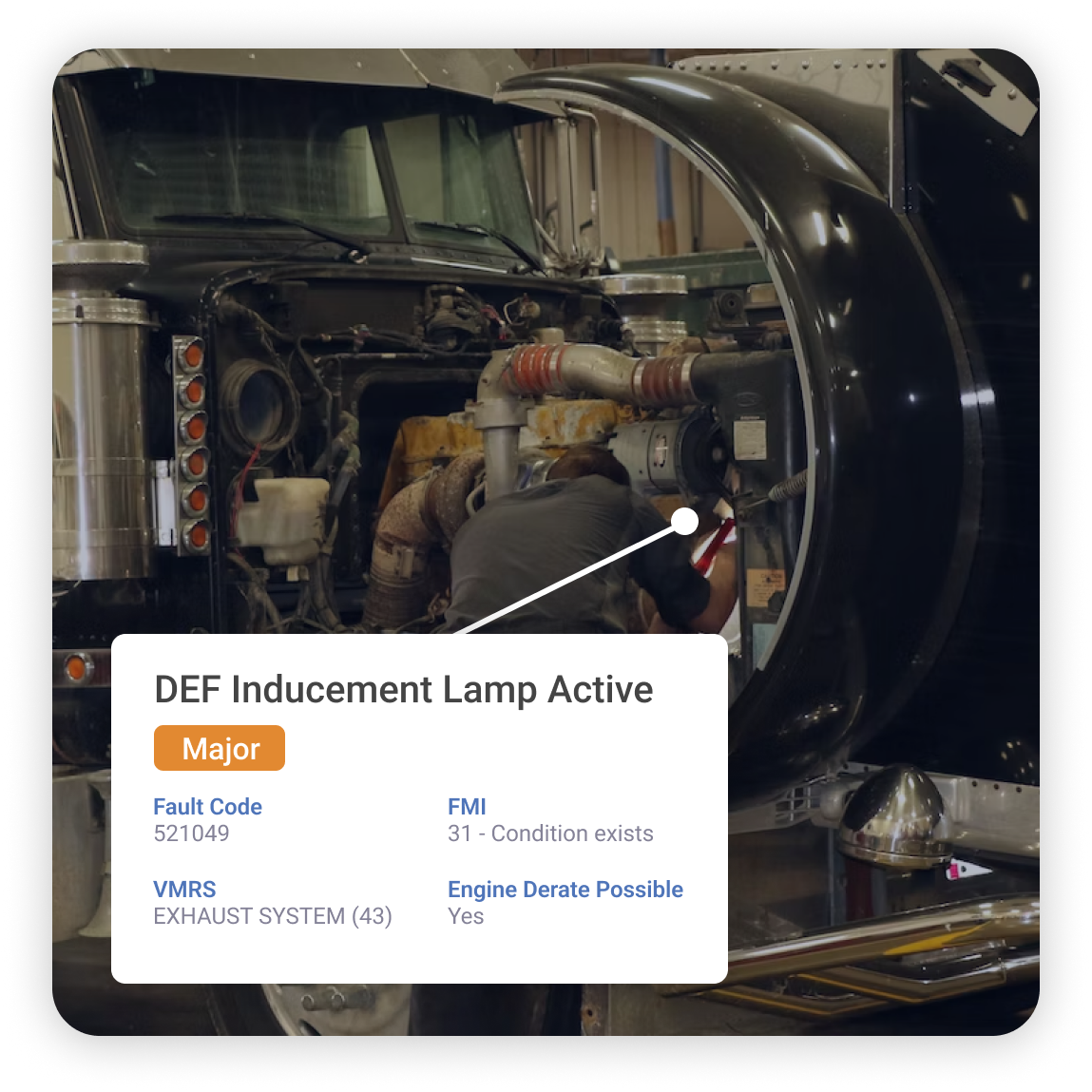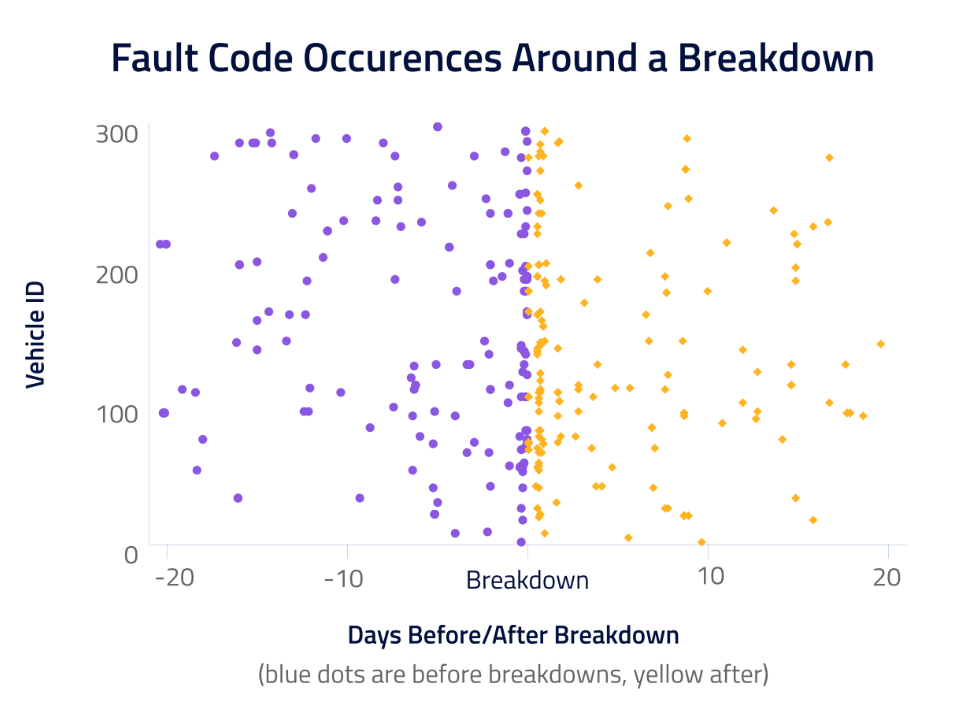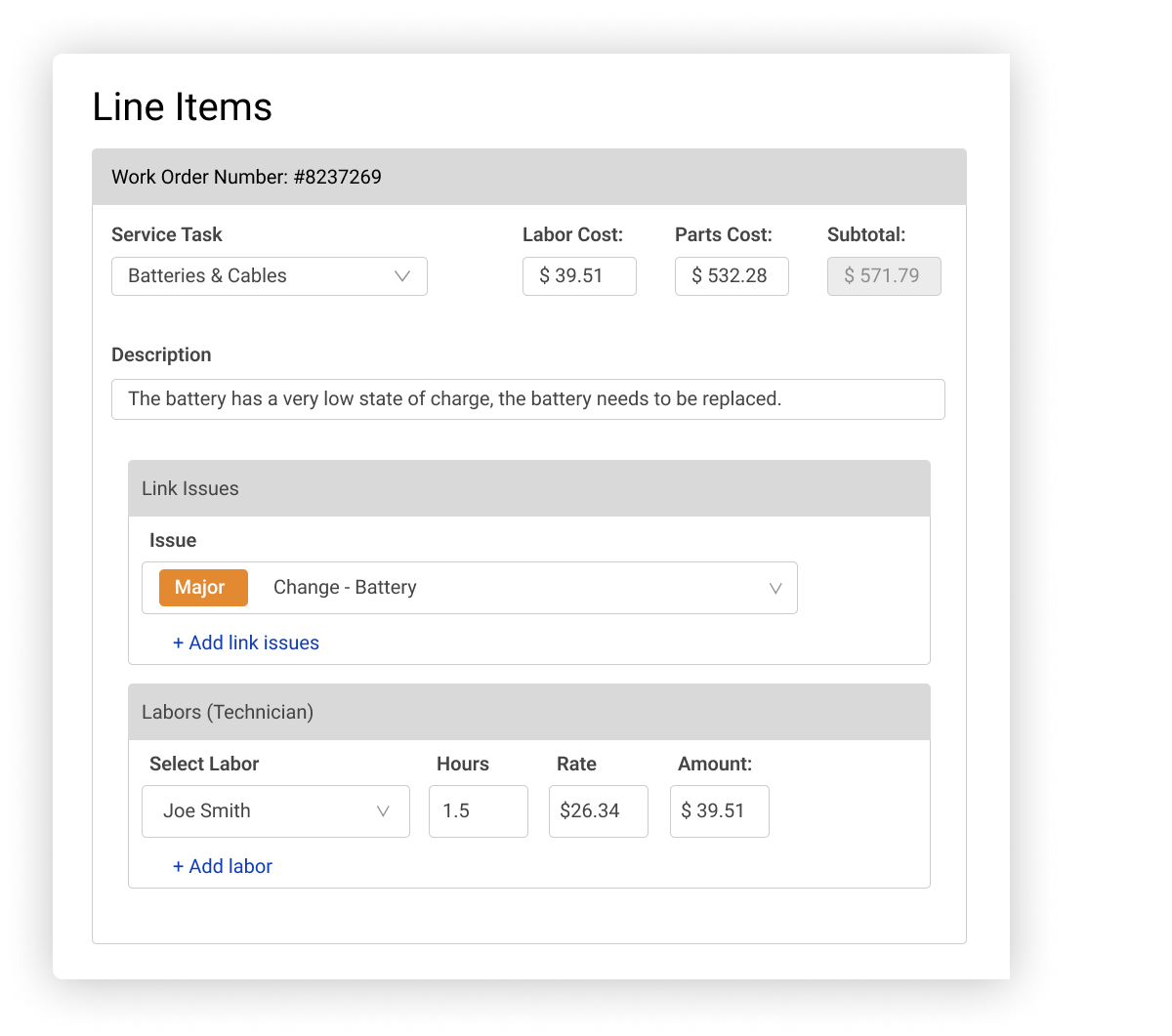
3 Real Life Fleet Challenges Overcome By Predictive Maintenance
21 November 2023
Read time: 5 min
An insights blog on customer success stories from Pitstop
Ever wondered how fleets in the real world leverage AI and predictive analytics to amp up the efficiency of their maintenance and operations? It’s not just an industry buzzword; these solutions are delivering concrete results, making life easier for every crew member in the fleet.
An AI-driven Predictive Maintenance solution takes a proactive stance to prevent asset failures and unexpected downtime. By constantly monitoring sensor data from OBD-II hardware, service logs, and a mix of other data sources, along with an advanced analytics setup, it proactively interprets complex machine data to predict potential failures and turn unplanned downtime into planned maintenance. These AI-powered tools not only foresee potential disruptions but also streamline proactive fleet maintenance.
In this article, we’ll delve into three complex challenges that Pitstop’s clients faced prior to adopting these solutions and explore how Pitstop played a crucial role in reducing breakdowns, cutting downtime, improving asset availability, and ultimately boosting driver safety.
Challenge 1: Access to the right information
Dealing with the constant grind of tough driving conditions, this 1,000-vehicle mining fleet, focused on energy production like oil and wind, faces a crucial issue—making sure we can easily access accurate and timely health data for their vehicles. The nature of their industry demands precise insights into how their fleet is doing, making operational decisions more complex. In this case, this issue showed up as DEF (Diesel Exhaust Fluids) errors in their fleet. It’s necessary to fix these errors fast; otherwise, their vehicles might get stuck with engine problems, and that means expensive towing or further part failures. They had to act right away to avoid spending more time, money, and resources, and to ensure they didn’t keep unnecessary backup vehicles.
Solution 1
To ensure that the right people receive the right information at the right time, Pitstop has streamlined complex vehicle data from various sources. This allows for the prompt notification of key stakeholders, enabling them to take necessary actions. For example, a predictive alert is sent to the fleet manager when the intake manifold pressure is either too high or too low, signaling a potential risk of engine derating. This situation can render the vehicle inoperable, and therefore relying on expensive backup vehicles. The technician gains access to more details, including fault codes, trigger history, VMRS, and the conditions that triggered the code. These alerts are also prioritized, to help the fleet managers identify potential DEF issues beforehand and take actions swiftly; avoiding potential engine lockdowns and towing.
Read the full case study here.
Challenge 2: Reducing Unplanned Service Visits (& Costs!)
This municipal fleet of 600-vehicle mixed assets, approached Pitstop with a focus on overcoming unplanned service visits, emphasizing the cost-effectiveness of planned downtime through predictive maintenance. During the pilot program, Pitstop ran its analysis and identified 147 Tow or Road Call events, estimating a cost of approximately $61,000, leading to an annual total of $651,940 in tow and road call costs. In response, Pitstop strategically harnessed predictive analysis to proactively identify and address issues before they escalated into breakdowns.
Solution 2
Pitstop’s analysis unveiled a significant reliance on driver-reported issues within the municipal fleet’s maintenance strategy. There was a consistent pattern of fault codes showing up before a scheduled maintenance event, prior to scheduled maintenance often resulted in unexpected service visits. Pitstop’s prescriptive prediction solution delivers predictive and real-time alerts to drivers, fleet managers, and mechanics. It assesses whether a fault code or prediction can be addressed during the next scheduled preventive maintenance (PM) service or if it requires immediate attention. This process, referred to as consolidating shop visits through Pitstop’s predictive insights, ensures efficient resource allocation. The implementation of a maintenance triage system becomes crucial in extending the time between tasks, thereby reducing monthly expenses without compromising on risk.
Read the full case study here.
Challenge 3: Manual Work Order Reporting
Like many other leasing companies in this industry, this 400-vehicle fleet faced an overwhelming abundance of data. The shop supervisor and the team recognized the untapped potential to leverage that data to better optimize their operations. Pitstop conducted an extensive review of its fleet maintenance data to identify opportunities for improvement. The findings unveiled disparities between work order data and shop planner entries, highlighting the potential for enhanced communication and clarity within the organization.
Solution 3
Creating work orders in the shop planner manually is a time-consuming process, which is prone to errors. Pitstop automates this process by creating work orders by pulling vehicle issue information from its remote diagnostics to the repair order line. Fleet managers can modify the repair order to fill in other fields, the actual maintenance performed, labor cost, and parts cost. Pitstop’s AI flywheel continues to learn from the fleet’s work order data and customizes the alerts so that it’s more relevant over time. By harnessing insights from the shop planner, work order, and telematics data, the fleet management team embraced a systematic and data-driven approach. This solution empowered them to accurately measure performance, fixing any possible data discrepancies.
Read the full case study here.
Advanced Technology to Overcome Complex Challenges
Whether you’re facing similar challenges or a new one, AI-driven Predictive Maintenance solutions, such as those offered by Pitstop, can effectively solve your fleet’s diverse circumstances for higher efficiency. There is a significant potential for efficiency savings that fleets may not realize, providing tangible benefits. As technology advances, adopting such solutions becomes not only a strategic choice but a necessity for competitiveness and resilience in the evolving fleet management landscape. Whether dealing with familiar issues or encountering new challenges, the key takeaway is evident—embracing innovation in fleet maintenance can lead to a future with minimized breakdowns, optimized costs, and smoother operations.
To read all of Pitstop’s case studies, visit https://pitstopconnect.com/case-studies/.


